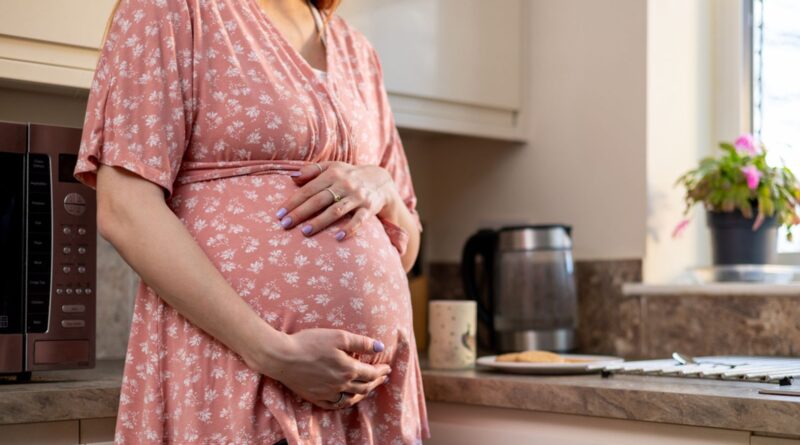UK’s fertility rate falling faster than any other G7 nation – with austerity thought to be ‘principal factor’ | UK News
The average number of children women have in the UK is falling faster than any other G7 country since 2010, Sky News commissioned analysis has found.
Research by thinktank the Centre for Progressive Policy (CPP) has discovered that the figure, which is called the fertility rate, has dropped by 18.8%.
That number represents the biggest proportion fall across the G7 in 12 years, between 2010 and the latest statistics released in 2022.
According to CPP analysis, Italy saw the second-largest fall, followed by the United States, Canada, France and then Japan, while Germany saw a rise.
The proportion fall refers to the change in fertility rate compared to what it was in 2010.
Ben Franklin, interim CEO for the CPP, said they believe “austerity and the austerity drive” across the country was “the principal factor” in driving down fertility rates during that period.
He described it as happening “to a faster extent” in the UK than in other countries because “austerity was quite significant here, and more so than in other countries”.
CPP research also found that areas with higher deprivation saw faster falls in rates which “demonstrates the impact of government cuts to social security spending that occurred over that time”.
Mr Franklin said that in previous decades falls in fertility rates have been about having “more educated, higher income women”.
“This fall since 2010, and since austerity has happened, principally affected the poorer parts of the country.”
Read more from Sky News:
One missing after boat capsizes in Thames
Port giant’s £1bn investment on hold
Carol Vorderman quits radio show after ‘health scare’
Low fertility rates can lead to a “top heavy” economy, with more pensioners than working-age people, and subsequently put a strain on the nation’s finances.
2022 saw a drop in the number of births in England and Wales to the lowest level in 20 years.
Emily-Kate Day has one child, her daughter Violet, with her husband – and despite both parents working full time, they still can’t afford a second child.
“It’s heart-wrenching really,” she says, “because we always wanted a big family and we made the decision last year perhaps not to try for another one because of financial reasons.
“I’d love to have a sibling for Violet, she is desperate for a sibling as well, but financially at the moment with nursery fees it’s impossible.”
If there are fewer future workers some argue it will mean a greater reliance on immigration to support the workforce.
In London, however, and other areas of the country, fertility rates and birth rates – the number of live births per 1,000 people annually – are contributing to schools closing.
London councils say lower birth rates are the main reason for a reduction in demand for school places.
Prof David Miles CBE, from the Office for Budget Responsibility Committee, says he thinks concerns about “not enough children” are “somewhat overplayed”.
“There are natural economic forces that will offset the effect of what might otherwise be a declining working population,” he said.
Professor Miles added that one such force could be “drawing more people into the labour force” as companies look to older people working part-time.
“Those are economic forces which naturally play out when there is a shift in demand for labour relative to the supply of labour,” he said.






